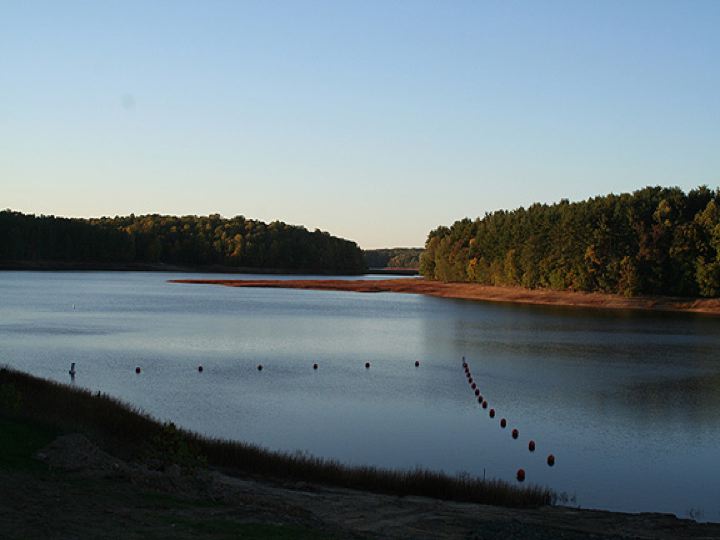Your cart is currently empty!
About the River

Four main tributaries, Western Branch, Little Patuxent River, Davidsonville Branch, and Mattaponi Creek, are the primary feeders into the Patuxent River. There are also several smaller tributaries that help comprise the total drainage of the Patuxent watershed. The River virtually bisects the western shore of the State of Maryland north to south and is tidal and estuarial in the southern reaches. The River is home for more than 100 species of fish, including bass, catfish, chain pickerel, and bluefish. The Patuxent sustains nesting and over wintering bald eagles and a large extended habitat for indigenous wildlife. Among overall Bay tributaries, the Patuxent ranks seventh in fresh water flow into the Chesapeake Bay.
The River is free flowing in its lower half and separated by two dams in its upper reaches which help supply potable water to the greater Washington Metropolitan area. The River was a key strategic stronghold in the early colonial development of Maryland and remains a resource with considerable archeological and paleontological significance. It was the Patuxent River that General George Washington and later Presidents, Jefferson and Madison, had to cross in order to reach Maryland’s capitol when America was in its infancy as a Republic. Furthermore, it was on the Patuxent River that the US Navy flotilla bivouacked to oppose invading English troops during the War of 1812. The River was the host to some of the earliest settlements in the colonial era to the extent that it merited the recognition of English Parliament during the 1600’s as a river of great economic and strategic importance. This early colonial recognition is evident today in the various old English names. However, the word “Patuxent” itself is derived from the language of the indigenous pre-colonial settlers. The name “Patuxent” is said to be from the Algonquin tongue, which means “water running over loose stones”.

Once one of the most productive sources of shellfish in the world, the Patuxent has been deeply and negatively affected by negligent land use, some 36 wastewater treatments plants (several in need of technological upgrades). The lawmaking and regulatory system has lost its way, being so consumed with broad Baywide problems, passing blame, analysis paralysis, and the desire to placate lawful polluters that it has been unable to halt or slow the steady decline of a waterway heading toward doom for the region and its biodiversity. And yet scientists have pointed to the incredible resilience of the ecosystem, its ability to heal itself if we humans can be compelled to mend our behavior toward the river and restore responsible stewardship. Today the Patuxent is a study in contrasts with regions of pristine beauty, rich in history, wildlife and unforgettable scenic vistas to other areas with poisoned beaches, ravaged fisheries, dead zones and hopelessly blocked and snagged upper tributaries. The water quality of this river in recent years rarely achieves much above a “D-” rating score. A river that has given so much to the citizens and economy of Maryland, now struggles to find enough funds and willpower to undo the damage caused by those who have grown wealthy plundering the riches that should by right, belong to all Maryland’s future generations.

Fowler Wade-In
So it is fitting that in acknowledgment of this tradition that a strong and growing Riverkeeper movement was established in 2004 to build a grassroots movement spanning seven Counties, in order to carry the fire, keep the dream of clean water alive, and champion one of the most vital causes on earth: the defense of our natural environment and of the people who depend on it. That is what Patuxent Riverkeeper believes in and stands for. Clean Water, unflinching civic advocacy and the holistic and benevolent treatment of one of nature’s irreplaceable and greatest prizes.
STAY INFORMED
Sign up for news & updates from Patuxent Riverkeeper
By submitting this form, you are consenting to receive marketing emails from: . You can revoke your consent to receive emails at any time by using the SafeUnsubscribe® link, found at the bottom of every email. Emails are serviced by Constant Contact

